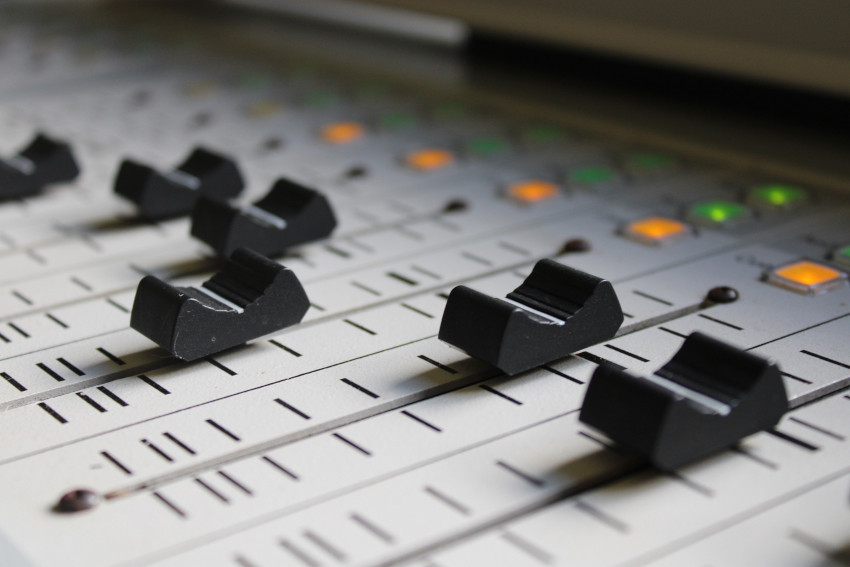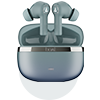Search Topic
The Benefits of Dynamic Processing in Music Production
Dynamic processing is an important part of music production, and it can be used to create unique sounds and effects. Plugintutor presents a blog on the benefits of dynamic processing in music production, discussing how it can be used to enhance the sound of your tracks.

Dynamic processing allows you to shape the sound of your tracks by controlling their dynamics. It involves using tools such as compressors, limiters, and gates to control the levels of different frequencies in a track, allowing you to create more dynamic and powerful sounding mixes. This blog will discuss how dynamic processing can be used for creative purposes, as well as its technical advantages in recording and mixing. We’ll also look at some specific use cases for dynamic processing in music production so that you can get the most out of this powerful tool.
The dynamics of music are rooted in variations in loudness, which make music so fascinating. The transition from a quiet verse to a loud chorus, a synth line that gradually increases in volume, certain notes within a pattern being emphasized, a singer belting out certain words for emphasis, etc., are examples of transitions. A bassist or drummer may not be able to maintain a constant volume or play each note. The mixdown must also be harmoniously mixed, free of unexpected jumps in level and excess variance, beyond fixing unintentional mistakes. Accents and level changes may also need to be tweaked to meet listener expectations. The accumulation of low-level sounds, such as background noise, can also lead to a cluttered, unclear mix if too much is present.
Dynamic manipulation refers essentially to manipulating volume levels, such as enhancing, reducing, changing, or reducing. A sound’s own amplitude envelope also has dynamics, the latter being specific to a sound’s own amplitude envelope. Several powerful tools can be used for macro dynamics, such as song instrumentation, fader-level rides, or simply muting elements at certain times. Our tools for handling micro dynamics are called dynamics processors. These tools can be used at the micro-scale with the same techniques.
A sound has the loudest and quietest parts at different levels, which can be accentuated, lowered, or omitted depending on the purpose. In real-time, we can manipulate incoming signals and parameters using dynamics processors, which are level-dependent effects. We can add filters, duckers, ‘enhancers’, frequency-conscious compressors, multiband dynamics processors, compressors, limiters, gates, and expanders to this list. Depending on the transient of the sound, the transient shaper can also apply an envelope.
Dynamic Processing in Music Production and music compression
Music production and compression have been revolutionized by the introduction of dynamic processing. Dynamic processing is a technique used to control and manipulate the volume level of an audio signal. It is used to make sure that the audio signal does not exceed a certain threshold, thus avoiding distortion and clipping. Additionally, it can be used to reduce noise in recordings or increase the overall loudness. This technique has become increasingly popular in music production as it allows producers to create more powerful and dynamic mixes with greater control over their sound. In audio compression, the dynamic range is reduced depending on the level of the signal.
Furthermore, dynamic processing can also be used for music compression, allowing producers to compress sounds for a more consistent sound across different platforms like radio or streaming services. The goal of dynamic processing is to control the volume and make sure that the audio signal does not exceed a certain threshold. To do this, producers use gates, limiters, compressors, and expanders. There are also other less common devices like noise gates that can be used to reduce noise in a recording or increase overall loudness. The most commonly used devices include gates (used for both compression and limiting), compressors (used for compression), expanders (used for expansion), and limiters (used for limiting). Gates are most commonly used as a form of compression because they allow.








